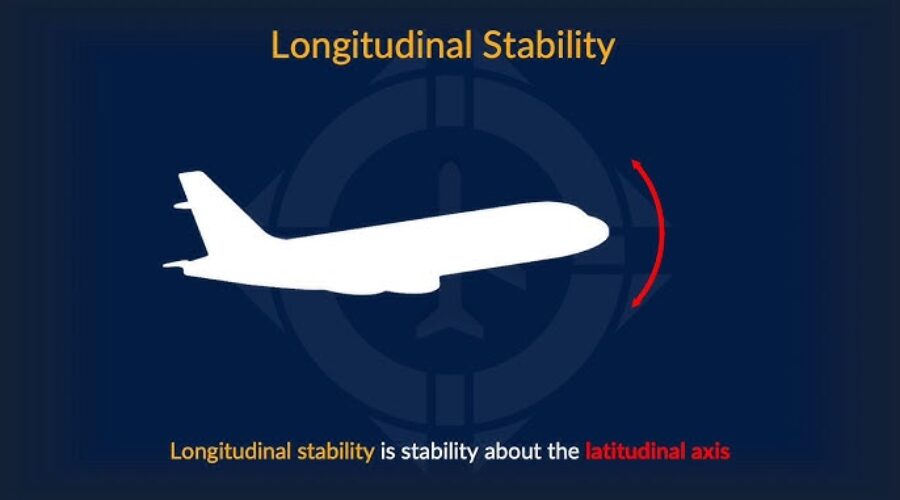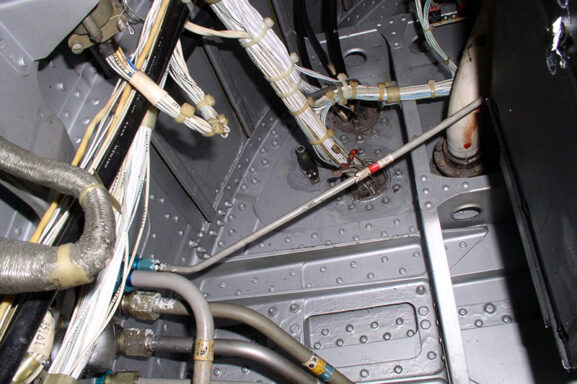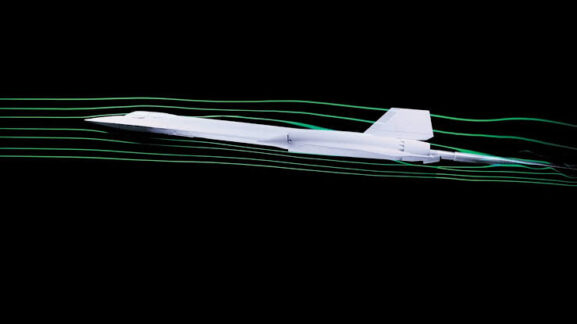Longitudinal Stability
Longitudinal stability refers to an aircraft’s ability to maintain or return to its original pitch (nose-up or nose-down) position after being disturbed, such as by turbulence. It is crucial for safe and stable flight and is primarily concerned with the balance of forces around the aircraft’s “lateral axis” (running wingtip to wingtip).
Key Factors Affecting Longitudinal Stability:
- Center of Gravity (CG):👇
- The position of the CG relative to the aircraft’s aerodynamic center determines stability.
- A forward CG improves stability but may reduce maneuverability, while an aft CG can make the aircraft less stable.
- Horizontal Stabilizer: 👇
- Located at the tail, the horizontal stabilizer provides a balancing downward force to counteract the nose-down moment caused by the center of lift being behind the CG.
- Wing Design: 👇
- The shape and angle of the wings (dihedral or sweep) can influence pitch stability.
- A slightly nose-heavy design is often preferred for better stability.
Importance of Longitudinal Stability:👇
- Ensures the aircraft maintains a steady flight path.
- Reduces pilot workload by naturally counteracting pitch disturbances.
- Enhances overall safety and efficiency in flight operations.



